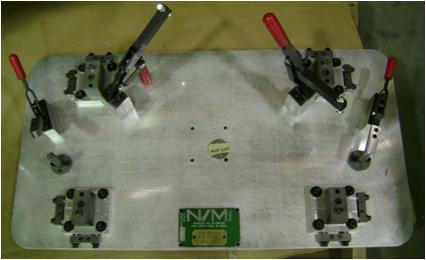1. No clamping needed
a. Use stock pushers (spring loaded), magnets, T-Pins to retain.
i. This may not limit part deformation from weld draw
b. Advantages: Cost, simplicity, tooling lead time, low
maintenance.
c. Disadvantages: Reliability, repeatability, low clamping force
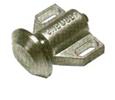
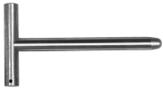
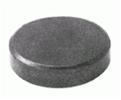
2. Manual Clamping
a. Common brands include De-Sta-Co, Carr Lane, Wolverine, and
Irwin.
b. Advantages: Cost, simplicity, component availability, low
maintenance.
c. Disadvantages: Operator fatigue, Repeatability.

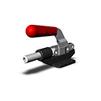
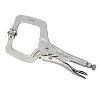

3. Pneumatic Clamping
a. Common brands include Bimba, Fabco, Parker, De-Sta-Co, PHD.
b. Advantages: Faster cycle time, repeatability, reduced operator
fatigue.
c. Disadvantages: Overall cost (component and tooling), safety
requirements.

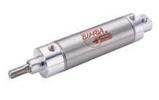



4. Hydraulic Clamping
a. Common brands include SPX-Hytec, Vektek, Enerpac, Carr Lane.
b. Advantages: High clamping force, faster cycle time,
repeatability, part “forming”.
c. Disadvantages: Overall cost, pump requirements and interfacing,
tooling weight.




a. Use stock pushers (spring loaded), magnets, T-Pins to retain.
i. This may not limit part deformation from weld draw
b. Advantages: Cost, simplicity, tooling lead time, low
maintenance.
c. Disadvantages: Reliability, repeatability, low clamping force



2. Manual Clamping
a. Common brands include De-Sta-Co, Carr Lane, Wolverine, and
Irwin.
b. Advantages: Cost, simplicity, component availability, low
maintenance.
c. Disadvantages: Operator fatigue, Repeatability.




3. Pneumatic Clamping
a. Common brands include Bimba, Fabco, Parker, De-Sta-Co, PHD.
b. Advantages: Faster cycle time, repeatability, reduced operator
fatigue.
c. Disadvantages: Overall cost (component and tooling), safety
requirements.





4. Hydraulic Clamping
a. Common brands include SPX-Hytec, Vektek, Enerpac, Carr Lane.
b. Advantages: High clamping force, faster cycle time,
repeatability, part “forming”.
c. Disadvantages: Overall cost, pump requirements and interfacing,
tooling weight.




